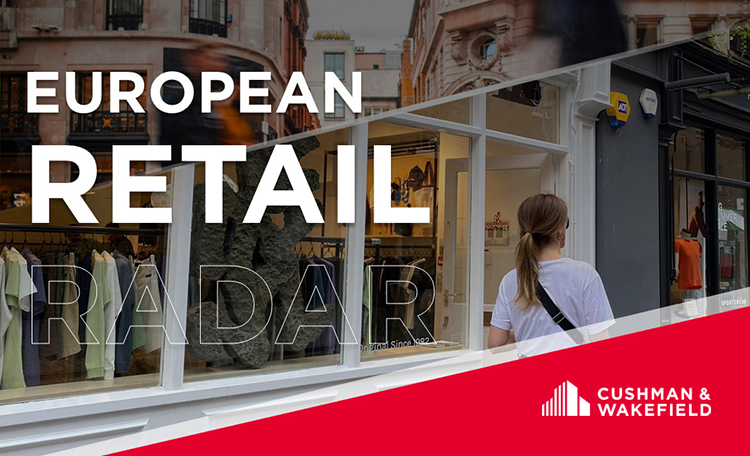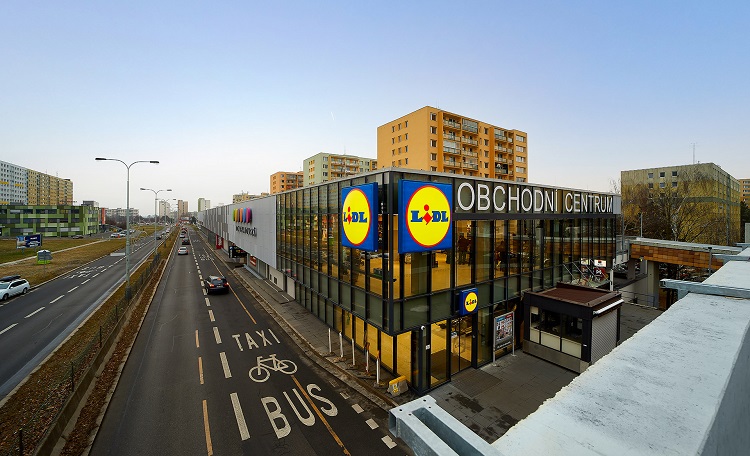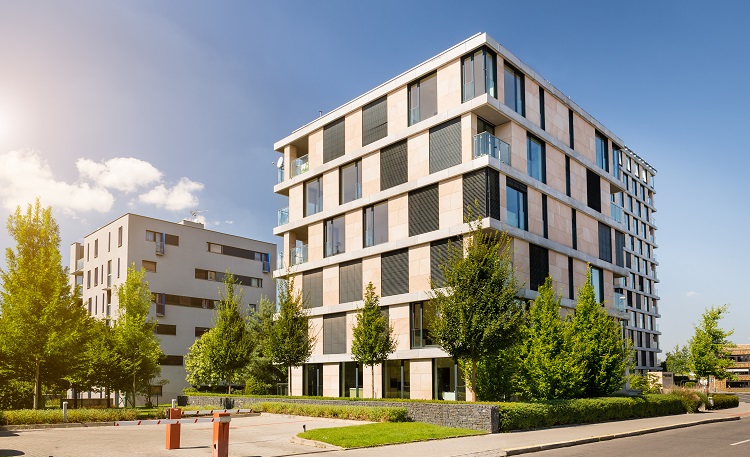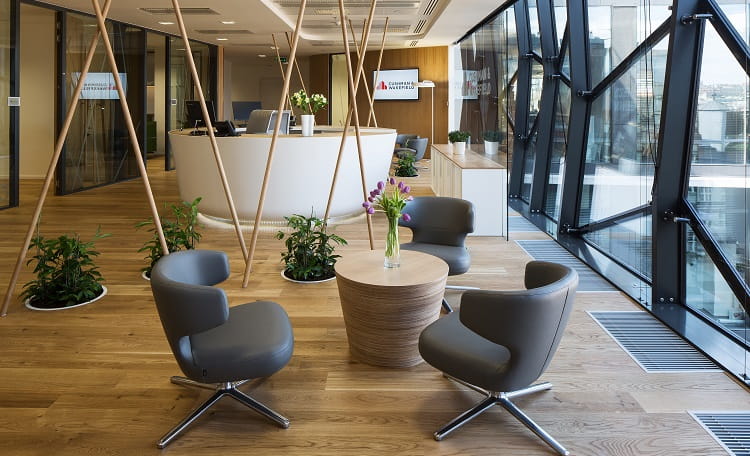- Mixed goods stores show an increase
- The premium and luxury segment is stable
PRAGUE, 14 January 2025 – Demand from retailers remains strong in the Czech Republic. Sectors such as fashion, food and beverages (F&B), and mixed goods continue to dominate leasing activity. Fashion remains the leading segment in Europe with nearly 40% of leased space in the first half of 2024, while in the Czech Republic it holds a 24% share, according to the Retail Radar analysis by real estate consultancy Cushman & Wakefield. Utilizing data from the Retail Activity Tracker, which includes over 7,000 transactions in 13 European countries, it has been providing an overview of retail market developments, highlighting new trends and developments in Prague and other key cities since 2021.
As the study shows, the retail market is withstanding economic pressures. Fashion dominates, with brands like JD Sports and Calzedonia continuing their pan-European expansion. In the Czech Republic, we saw the opening of new Sinsay stores in the first half of the year. It is expected that the second half of 2024 was equally strong for this segment, with the main news being the opening of a new flagship BOSS store on Na Příkopě Street and the opening of the third Primark store on the Czech market in Prague's Metropole Zličín.
The F&B sector is growing, mainly thanks to well-known brands like McDonald's, Starbucks, Costa Coffee, and Popeyes, which are strengthening their presence in Prague and other cities, while brands like Hawaiian Poke Bowl are leading the expansion across Europe.
Mixed goods stores also show an increase in the number of transactions, with leased space growing year-on-year. Major players in this field include brands like Flying Tiger, Pepco, Tedi, and Action. In Western Europe, the Danish mixed goods brand Normal is significantly expanding.
Activity by Brand Positioning
The mass market accounts for approximately 70% of leased space and transactions in the first half of 2024. This market was also the only segment to increase its activity, with more than a 12% increase in the number of transactions, leading to nearly a 5% increase in leased space compared to the first half of 2023. The largest share of leases was held by mass-market fashion retailers, followed by mixed goods retailers. Mass-market personal goods and health and beauty retailers were also active, with brands like Vodafone, Ziggo, Claire's, KIKO, Douglas, and Sephora among the active brands. The latter opened its new flagship store on Na Příkopě Street in the Czech market.
Ten percent of transactions were made by premium brand retailers, accounting for 7% of the total leased space in the first half of 2024. Most of the activity in the first half of 2024 was attributed to premium fashion retailers, followed by cosmetics retailers, including brands like Aesop and Space NK.
Stability of the Premium and Luxury Segment
While the mass market continues to dominate, premium and luxury brands maintain a stable presence, especially in key locations. Prague's High Street continue to attract premium and luxury retailers, highlighting the capital's appeal for these segments. Luxury brands were most active in the UK and Italy, but a significant number of new luxury stores are expected to open in the Czech Republic in 2025.
Jan Kotrbáček, Partner and Head of Retail Agency CEE at Cushman & Wakefield, said: "The revival of tourism supports growth in the luxury segment, as its customer base is less affected by rising prices. With the opening of the five-star Fairmont Golden Prague hotel on Pařížská Street and the Pařížská 25 project, we expect an increase in newly opened stores in this sector."
Strategic Shift to Medium-Sized Store Formats
Retailers are responding to changes in consumer preferences by focusing on medium-sized units. Spaces smaller than 600 m² account for 84% of recent transactions, with brands adapting to current shopping trends focused on convenience and speed. Even supermarkets are focusing on compact urban formats, strengthening their presence in densely populated areas.
The popularity of medium-sized units ranging from 1,000 to 2,000 m² has meanwhile increased again, with the number of lease agreements rising by 28% and leased space reaching 23% of the total area compared to the first half of 2023.
Tourists Return to Europe
Tourism in Europe significantly recovered in 2023, with the total number of visitors only 5% lower than before the pandemic. The key driver of this recovery was intra-European tourism, with short-distance arrivals nearly matching 2019 levels, especially in major markets such as France, Spain, and Italy.
Long-distance tourism also saw significant improvement, narrowing the gap to just 16% below 2019 levels. Notably, the number of long-distance visitors to the UK and Turkey exceeded pre-pandemic levels. While the number of Chinese tourists remains lower than in 2019, it showed promising growth throughout the year. American tourists returned to Europe in record numbers, with arrivals in 2023 surpassing 2019 levels. A strong US dollar and high domestic travel costs in the USA made Europe an attractive destination for Americans, boosting tourism in key markets such as the UK, Ireland, Spain, Portugal, and several smaller markets in the Nordic countries and Central and Eastern Europe, including the Czech Republic



















